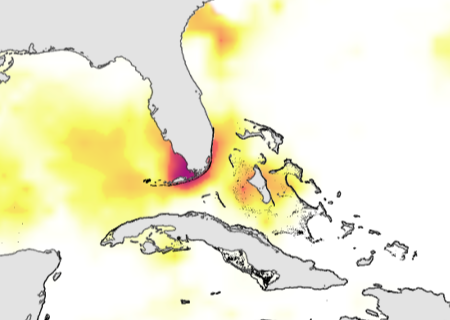
From Hawaii to the Florida Keys, the surprising intensity of coral heat stress in 2014 has scientists wondering what to expect in 2015, when El Niño is forecasted to finally develop.

Using Climate Outlooks on the Farm
December 3, 2014
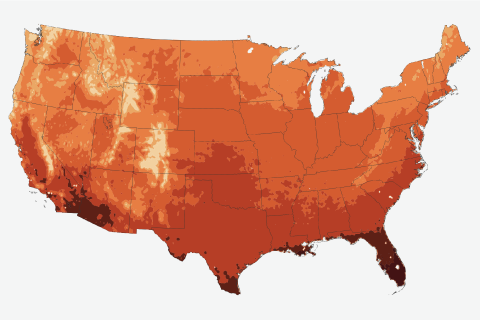
Warmer winters or hotter summers: which will have greater influence on U.S. energy demands this century?
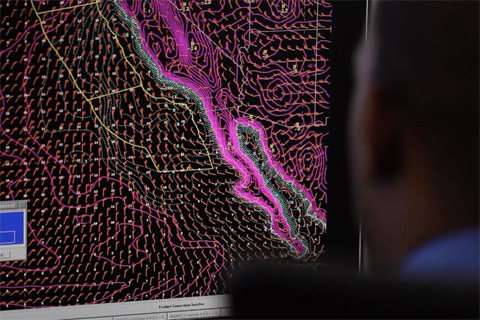
From changes in cooling degree days to the local effects of El Niño, the Local Climate Analysis Tool helps meteorologists and others understand the connection between global climate and local impacts.
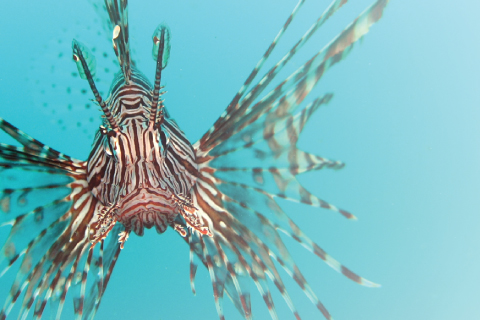
Warming ocean temperatures in the Atlantic may allow for the expansion of tropical fish species into areas formerly too cold for them to thrive. Observations from the past decade off North Carolina link warm years with denser populations of the destructive lionfish.
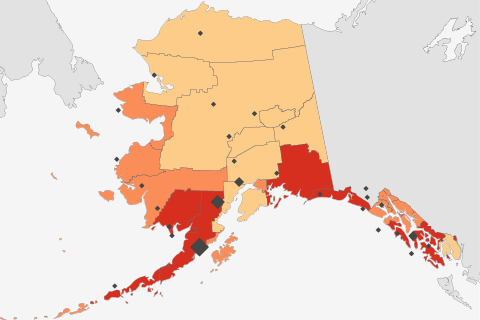
Alaska’s coastal waters are especially vulnerable to the drop in pH—acidification—that comes when excess carbon dioxide dissolves into the ocean from the atmosphere. These maps show relative risk levels for commerical and subsistence fisheries.
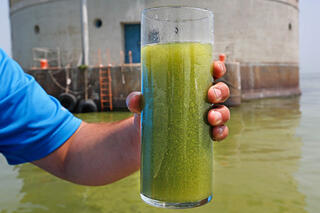
Spring climate plays major role in Lake Erie algae blooms
September 8, 2014

On July 11, Lake Mead reached its lowest water level since construction of the Hoover Dam in the 1930s. Many scientists are concerned that the prolonged drought could be a sign that the region will face significant water supply challenges due to climate change.
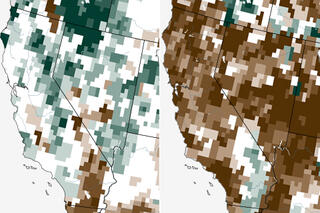
Groundwater: California’s big unknown
August 27, 2014
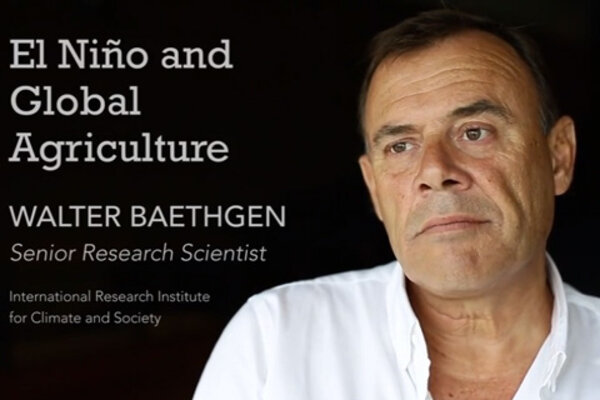
Walter Baethgen on El Niño and Global Agriculture
August 21, 2014